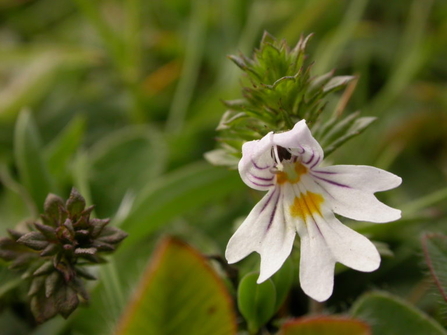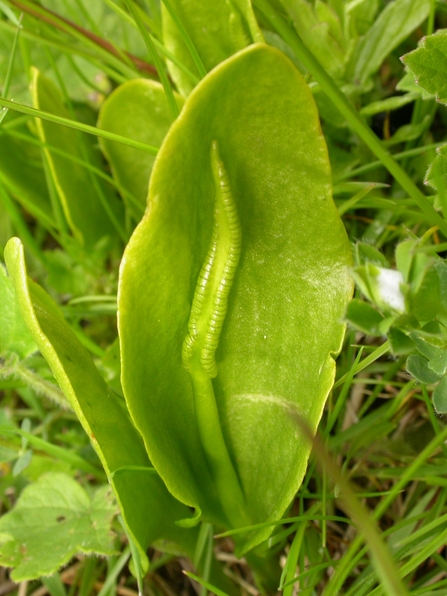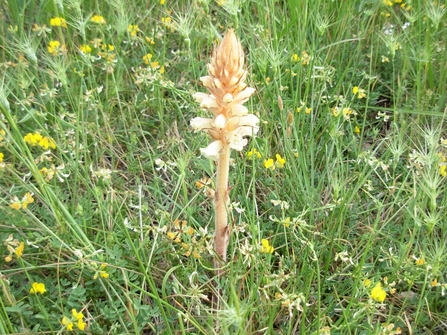It is no secret that Spring is well underway, and the natural world seems to be transforming at a startling pace. It is undoubtedly one of the most delightful times to be outdoors, witnessing the new emergence of leaf, bud and blossom, and relishing the fresh, life-affirming scents that fill the cool spring air. Derwent Reservoir, the second largest reservoir in the North East, boasts a spectacular assemblage of plants across a diverse range of habitats surrounding its banks. With lockdown restrictions preventing many of us from expanding our repertoire of spring experiences beyond our local area, here is a little taste of nature from Derwent Reservoir. And as the saying goes: ‘if the mountain can’t go to Muhammad; then Muhammad must go to the mountain’. So grab a cup of coffee, sit back and take a short tour of some of the more unusual and slightly mystical plants which will soon reawaken to grace the grassland habitats of the reservoir in the coming weeks and months.
The botanical world is filled with inventive and surprising names. Many of these were ascribed long ago through the Doctrine of Signatures. This is an ancient concept where by the shape or colour of a plant, resembling part of the human body where the plant was thought to bring healing, is reflected in the common name. A classic example of this is eyebright.





